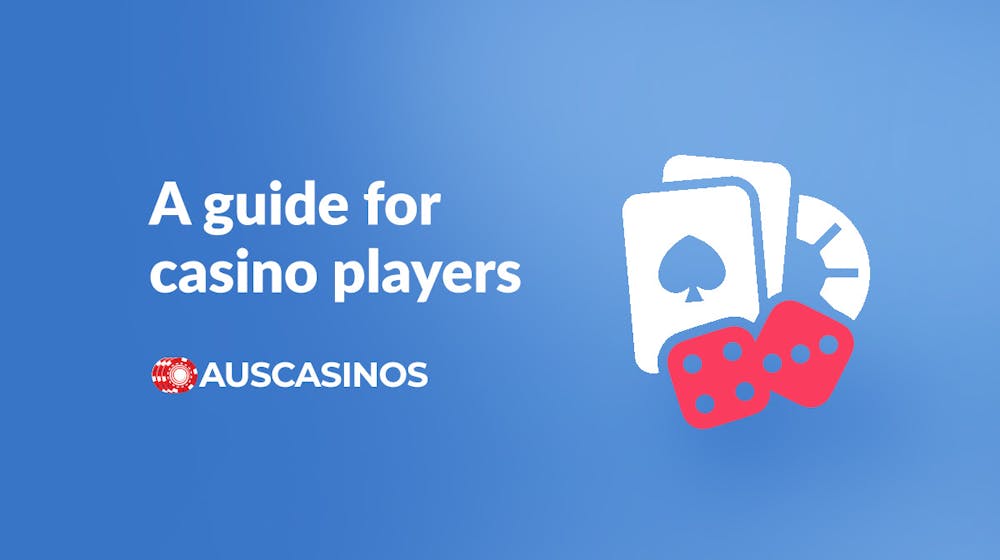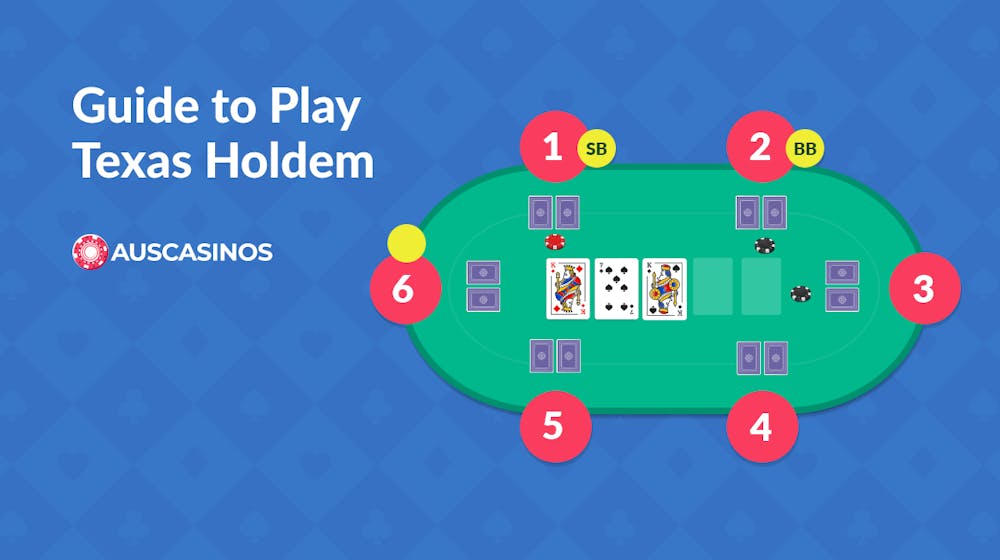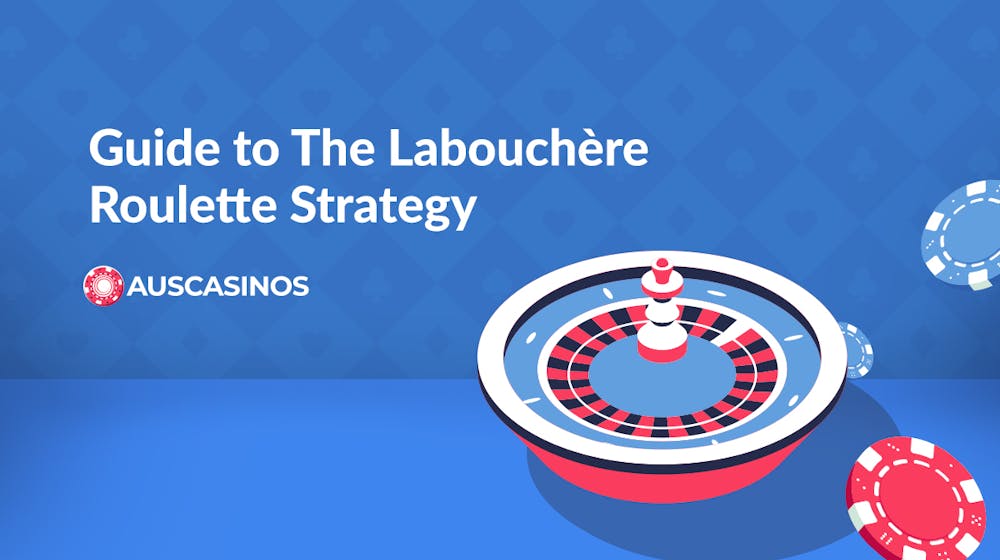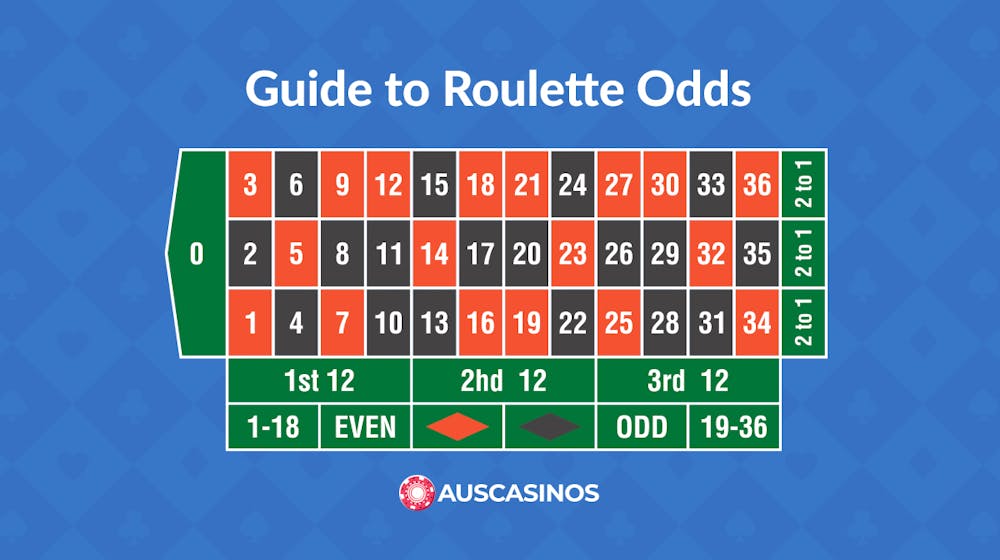Blackjack Strategies: From Basic to Advanced Strategies

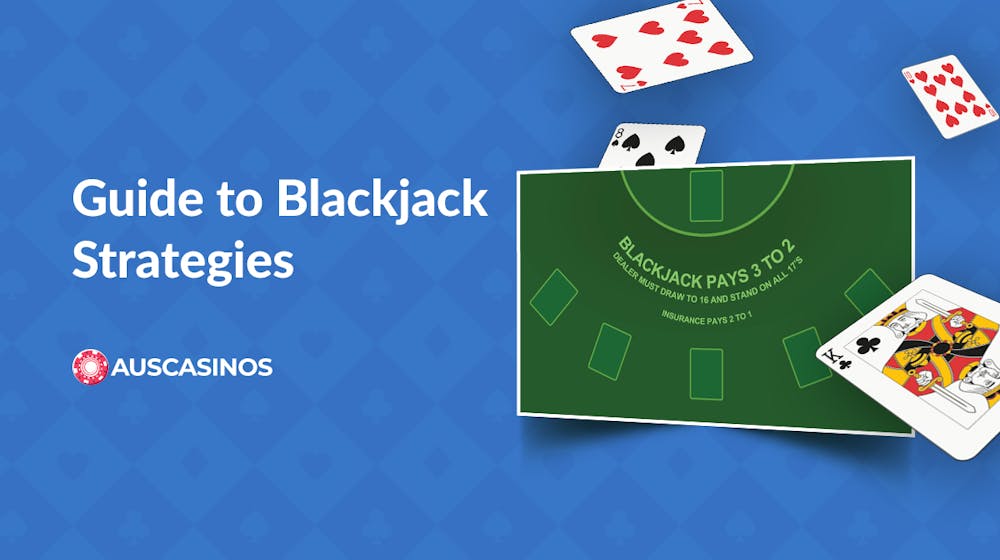
If you’ve ever felt the rush of a perfect card or the agony of going bust, then you’re in for a treat. I’ve been there, in the midst of the casino action, and I’ve learned that mastering basic strategy can be a game-changer.
In this guide, we’ll dig deep into the world of blackjack strategy, starting with the basics and diving into the all-important basic blackjack strategy charts. Whether you’re a rookie or a seasoned player looking to up your game, this guide has your back.
By the time we’re done, you’ll be making strategic moves like a pro, and your casino nights will never be the same.
Let’s shuffle up and play blackjack!
What is Blackjack Basic Strategy?
To start, I’ll kick it off from the very beginning.
Blackjack basic strategy (along with the blackjack rules) is the roadmap to success at the blackjack table.
It’s a set of rules and guidelines that, when followed correctly, helps players make the best decisions in each hand. Think of it as a point of call, ensuring you stay on course towards optimal play.
Every hand you’re dealt in blackjack is a unique puzzle, and a basic strategy is a great tool you can use to solve it.
Basic strategy, and the basic blackjack strategy chart, emerged from the culmination of years of mathematical analysis and practical experience, distilled into a set of recommendations that tell you when to hit, stand, double down, or split pairs.
Myriad blackjack players over the years, just like you and I, have contributed to the basic strategy chart.
As a result, these recommendations are tailored to the specific combination of your hand and the dealer’s upcard, making them incredibly precise.
Why Basic Strategy is Essential for Players
Now, you might be wondering, “Why should I bother with this strategy stuff? Can’t I just play by instinct?”
Well, of course, you can.
In fact, scores of punters do just that, and sometimes they get lucky. But here’s the catch: luck alone won’t cut it in the long run. There’s a key to longevity in playing blackjack that’s there for all of us to use at online casinos and on the floor.
The reason basic strategy is your best friend is because it’s designed to get that house edge right down (in a casino game where the house edge is already comparatively low).
The house edge is the casino’s built-in advantage, which ensures that they have a statistical edge over players in the long term. However, basic strategy is your secret weapon to chip away at that edge.
By following basic strategy guidelines, you’re making decisions that, on average, will lead to the smallest possible loss over time. In essence, it’s about maximising your chances of going home happy and keeping losses to a minimum.
So, while luck plays a part, basic strategy puts you in control of your destiny.
House Edge
Understanding the house edge is like knowing your opponent’s playbook in a game of chess—it’s essential. The house edge is the casino’s way of ensuring they make money in the long run (you’ve gotta stay in business somehow)! It’s a small percentage that represents the average profit the casino expects to make from each bet.
Without a basic strategy, the house edge in blackjack can be relatively high, depending on the rules.
However, when you play with basic strategy, you’re making decisions that are statistically more likely to lead to a favourable outcome. In other words, you’re flipping the odds in your favour.
Basic strategy significantly reduces the house edge, making it one of the most potent tools in a blackjack player’s arsenal. It’s all about making those savvy decisions, one hand at a time, that collectively give you the edge over the house.
Keep it glued to your mind that basic strategy isn’t just a set of rules—it’s your ticket to becoming a shark at the blackjack tables and shaving away the casino’s edge.
Basic Strategy Charts
Now that we’ve gone over the bread and butter of the best practices behind utilising strategy when you play blackjack games, let’s take a look at the charts that make it all possible.
The blackjack basic strategy chart is your playbook for making the best decisions at the blackjack table.
These charts provide a visual representation of the optimal moves you should make based on your hand and the dealer’s upcard. Think of them as your cheat sheet for outsmarting the house.
The beauty of basic strategy charts lies in their simplicity.
They’re colour-coded or use symbols to indicate whether you should hit, stand, double down, or split. Each possible combination of player hand and dealer upcard has a corresponding recommendation on the chart.
As I mentioned before, these basic strategy recommendations are the result of extensive mathematical analysis and simulations, making them incredibly reliable. Using them in the past has helped me play blackjack at a much higher level, and I’m sure it will for you too.
How to Read and Use a Blackjack Basic Strategy Chart
Using a basic strategy chart might seem daunting at first, but it’s easier than you think. Here’s how it works:
- Player Hand: Look at your hand’s total. This could be a hard total (no aces) or a soft total (with an ace).
- Dealer Upcard: Identify the dealer’s face-up card.
- Chart Recommendation: Find the intersection of your hand and the dealer’s upcard on the chart. The chart will indicate whether to hit, stand, double down, or split. Follow the chart’s recommendation for the best move.
- Repeat: Repeat this process for each hand you’re dealt.
The chart takes the guesswork out of your decisions, ensuring you’re always making the statistically sound choice for each scenario. It almost seems too good to be true, right?
Available Variations for Different Rule Sets
One of the great things about basic strategy charts is their adaptability to different blackjack rule variations. Casinos can have slightly different rules, such as the number of decks used, whether the dealer hits or stands on soft 17, and whether surrender in blackjack is allowed.
For example, different rules can apply to single-deck blackjack, double-deck, and eight decks.
Basic strategy charts are available for various rule sets, ensuring that you have a tailored strategy for the specific game you’re playing. These charts may have slight variations in recommendations based on the rule differences.
For example, if you’re playing a single-deck game where the dealer stands on soft 17, your basic strategy chart for that game will differ from the chart used in a six-deck game where the dealer hits on soft 17.
Top Tips for Using a Blackjack Strategy Chart
Now that you’ve got a good footing on the basics of using strategy charts, here are some of the tips you can use to keep yourself on top of the competition.
Start with Basic Decisions
Focus on mastering the fundamental decisions first.
Learn when to hit and when to stand with various player hands against different dealer upcards. These are the most common scenarios and can significantly impact your game.
It’s like a muscle that will eventually get stronger over time, I promise!
Real-Life Tip: Imagine you’re sitting at the blackjack table, and you’re dealt a hard 16 against the dealer’s 10. You might feel the urge to hit, but the chart will tell you to stand.
Trust the chart—it’s your best friend in these moments.
Keep a Pocket-Sized Chart
In the beginning, it’s perfectly fine to have a pocket-sized strategy chart with you at the table. This discreet reference can be a lifesaver when you’re feeling unsure during the heat of the game.
If you’re on a computer, either have one on your desk or as a sticky note.
Real-Life Tip: I’ve personally used a laminated pocket-sized chart when I was just starting out with basic strategy.
It helped me stay on track, especially on the noisy, overwhelming floors of land-based casinos.
Practice Online
Use online blackjack games or apps that allow you to play with the strategy chart.
This hands-on practice helps you internalise the chart’s recommendations and build confidence in your decision-making, building that all-important harmony between your own discretion and the trustworthy nature of the chart.
Plus, there are many Australian online casinos that have free blackjack game tables for you to practice without putting any cash down.
Real-Life Tip: I spent countless hours practising with an online blackjack simulator. It not only improved my ability to use the chart but also boosted my overall blackjack skills.
Avoid Progressive Betting Systems
While not directly related to using the chart, it’s crucial to understand that progressive betting systems like the Martingale don’t work in the long run.
At times, using different strategies can benefit you in the short term, but don’t use one famous betting system like it’s the perfect blackjack strategy.
When starting out, it’s safe to stick to your strategy and avoid chasing losses with risky betting patterns.
Real-Life Tip: I’ve witnessed players at the casino doubling their bets after each loss, hoping for a win to recover their losses. It’s a risky strategy that often leads to significant financial losses.
Stay Calm and Collected
Emotions can run high in blackjack, especially during losing streaks.
Using the chart for your blackjack strategies can help you stay composed and make rational decisions. Take a deep breath, consult the chart, and trust your strategy.
Real-Life Tip: I’ve seen players get frustrated and deviate from basic strategy after a few consecutive losses. Those who remained calm and stuck to their charts tended to fare better in the long run.
Review Your Play After Sessions
After each blackjack session, review your decisions and assess how well you followed the chart.
Identify any areas where you may need improvement (is your initial bet wise? Are you using the split aces tactic correctly?) and work on strengthening them for your next session at the tables.
Real-Life Tip: Reflecting on your gameplay, even mentally, can be enlightening.
I’ve found that self-assessment helps me spot areas where I tend to deviate from the chart and work on those specific situations.
Learn From Experienced Players
If you have the opportunity, observe experienced blackjack players at the casino. You’ll notice that they consistently use the chart and maintain a disciplined approach to the game.
Real-Life Tip: I’ve learned valuable lessons by quietly observing seasoned players. Their consistent adherence to basic strategy is a testament to its effectiveness.
Be Patient and Play Smart
In saying all this, basic strategy isn’t a guarantee of immediate success when you play blackjack.
It’s about making smarter decisions over time to tilt the odds in your favour. Stay patient, and don’t chase losses with reckless bets.
Real-Life Tip: I’ve experienced losing streaks that tested my patience. But by sticking to basic strategy and sound bankroll management, I’ve ultimately come out ahead in the long run.
Embrace Basic Strategy and Win with Confidence
You’ve reached the end of your journey into the world of blackjack basic strategy, armed with the knowledge and skills to conquer the game. This strategy isn’t just a set of rules; it’s your key to making wise decisions, increasing your wins, and reducing your losses.
Throughout this guide, you’ve explored the fundamentals, uncovered the power of basic strategy charts, and received practical tips from experienced players. You’ve discovered how this strategy can transform you into a more confident and capable blackjack player.
But this is just the beginning.
As you venture into the world of blackjack, remember to stay disciplined, manage your bankroll wisely, and above all, enjoy the game. Blackjack is a blend of skill, strategy, and excitement, and you now have the tools to excel.
So, whether you’re hitting the casino, playing blackjack online, or sharing your newfound knowledge with fellow players, do so with confidence. You’ve unlocked the secrets of basic strategy, and the cards are in your favour.
Enjoy a future in your blackjack experience filled with basic strategy-based triumphs, unforgettable moments, and the thrill of the game.
Best of luck, and may you always play with confidence and skill!

Emily is our seasoned content writer. She writes easy to read and helpful game guides, so you can quickly understand the rules of each game and get some useful tips that can help boost your chances of winning.
Read more about the author